Many specialised wartime organisations were formed at local level in response to specific wartime needs, but the body most pervasively associated with the war effort in Australia is the Australian Red Cross, formed at Government House Melbourne on 13 August 1914, as the Australian Branch of the British Red Cross. In Sydney, at the instigation of an appeal by the Lady Mayoress, suburban sub-branches were quick to form.
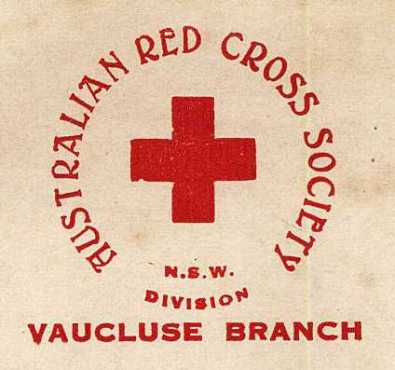
The day after the Australian Branch of the Red Cross officially came into being, meetings were held at Darling Point, from which grew the Darling Point branch of the organisation, with Lady Barton - wife of Australia's first Prime Minister and a resident of Darling Point Road - voted to the chair. Before the end of August, the Herald was noting the 'good progress' of 11 suburban branches of the Red Cross, one of which named was the Darling Point-based group, and soon after Lady Barton was able to report the despatch of 50 hospital bags and four medical bags to the Red Cross central depot in Elizabeth Street - the first of many such consignments from this branch.
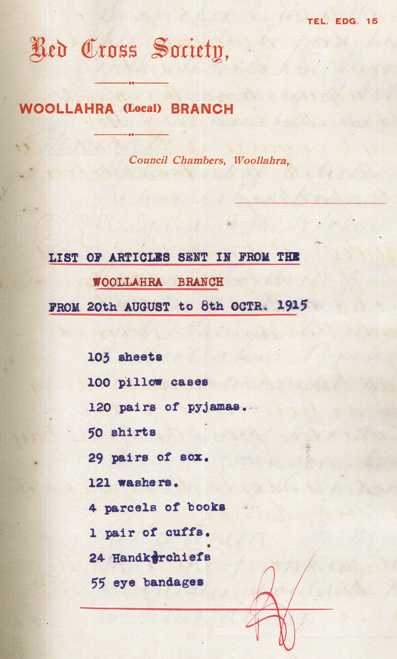
This early local effort is representative of the overall workings of the Red Cross. The 'bags' referred to by Lady Barton were clean pillow cases, stocked according to their type with specified provisions. Medical bags contained specified medical equipment and first-aid supplies, and were to be provided at a ratio of one to every 50 soldiers' bags. Soldiers' bags met needs beyond those supplied by the military - items of non-uniform clothing, mending kits and writing materials.
As well as considering practicalities and essentials, the Red Cross looked towards the serviceman's morale. Among its public appeals for donations of flannel shirts and pyjamas came requests for donations of books, magazines and playing-cards, and tobacco in all its formats. Amidst embarkation preparations in early September 1914, a call was made through the press for 'at least forty gramophones in good working order' for use on the troopships. 'Bright and cheery records by the hundreds are needed', it was added.
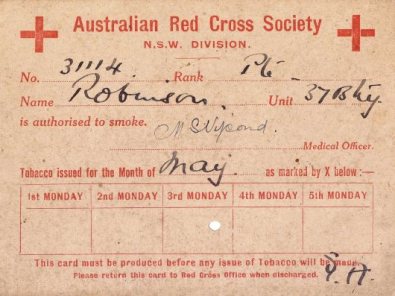
Red Cross tobacco card issued to Leo Whitby Robinson
Nor did the Society's concerns for the soldier end with his return, with a number of convalescent facilities established throughout Sydney. In November 1915, wool broker and Darling Point resident Harry Holt allowed the Red Cross to take over his house, The Octagon (now part of Ascham School) as a Red Cross convalescent home for sick and wounded soldiers known as the Woolgrower's Convalescent Home.
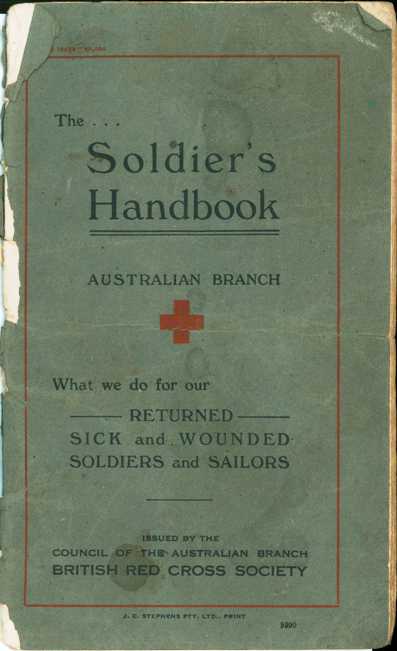
Also formed during the first month of the war was the Vaucluse Branch of the Red Cross, an energetic sub-branch which raised a total of £9490.2s.1d between August 1914 and May 1919. The Vaucluse membership adopted a variety of initiatives ranging from the routine to the spectacular. The routine was represented by efforts such as the tireless canvassing of the locality for subscriptions, an exercise carried out consistently from July 1916 to March 1919, and the operation from May 1918 of a regular tea-room for visitors to Vaucluse House.
The spectacular included a Children's Christmas Revel held at Rose Bay's Continental Gardens - an open air cinema and general entertainment venue set above Tivoli Beach, dominated for this occasion by an "enormous" Christmas Tree, and with many children's entertainments provided. The evening concluded with a procession of lantern carrying children in fancy dress, and a children's pageant enacting the Dominions coming to the aid of Britannia. Even more ambitious in scope was a program of entertainments held at the Stadium. The branch was fortunate in its friendship with Marion McIntosh (nee Backhouse) wife of entrepreneur Hugh D McIntosh, who provided both of these major venues.
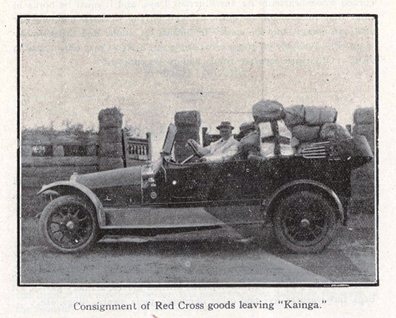
Reproduced from the report 'Vaucluse Red Cross Branch five years of service 1914-1919'
The cooperation between local government and community initiatives is well illustrated in the workings of the Vaucluse Red Cross, which began operations at Kainga, the home of Mrs E D Gray, founder and Hon President of the branch. However, early in its history, the branch was granted the use of rooms in the Vaucluse Town Hall in Military Road, Watsons Bay. This led to a close involvement on the part of aldermen and council officers with the work of the local branch.